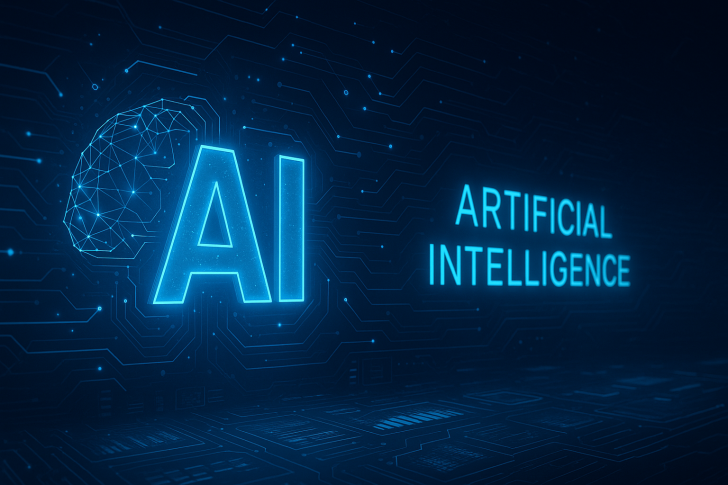AI commentator recently highlighted a striking possibility: by 2030, neural networks could match the human brain's connectivity. While this represents an extraordinary technical achievement, it opens up a fundamental question that goes beyond mere numbers—does bigger necessarily mean smarter?
The Numbers Game
The human brain contains roughly 100 trillion synaptic connections, forming the biological foundation for everything from abstract reasoning to emotional memory. Today's most advanced AI models already work with trillions of parameters, and if current trends in computing power and architectural innovation continue, we could see brain-scale connectivity within a decade.
Here's where things get interesting. As Chubby pointed out, there's a complex relationship between quantity and quality in AI development. Just throwing more parameters at the problem doesn't guarantee we'll see genuine breakthroughs in reasoning or anything resembling consciousness. The reality is more nuanced—while scaling up models has historically improved performance, we're already seeing diminishing returns. The real challenge isn't just building bigger networks but making them reason more effectively and safely. And it's not just about feeding them more data; the quality and diversity of that data matters just as much as the volume.
What Happens Next
If neural networks do reach brain-level connectivity by 2030, we're looking at some profound shifts. Scientific research could accelerate dramatically with AI as a collaborative partner. Industries across the board would face unprecedented automation, fundamentally reshaping how we think about work and employment. And perhaps most critically, we'd be confronted with serious ethical questions about how to govern and control such powerful systems responsibly.
 Peter Smith
Peter Smith

 Peter Smith
Peter Smith

